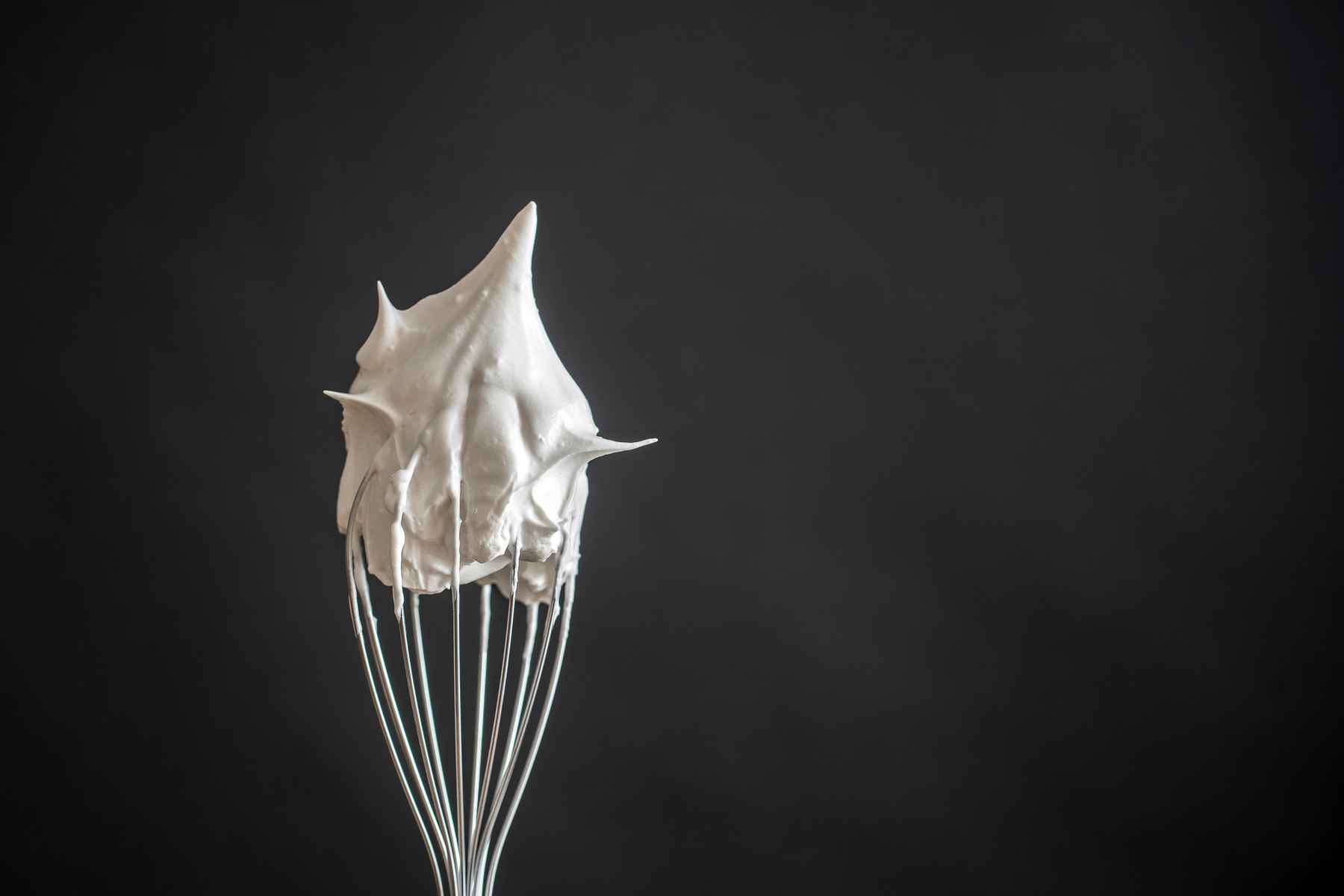
Whip It: The Many Methods of Frothing Your Cocktail
Which came first: The chicken or the egg white?
The use of egg whites to add rich texture and creamy foam to a libation dates back centuries, but its popularity appears to have spiked in the mid- to late-1800s with the invention of the Whiskey Sour and the Ramos Gin Fizz. (Lore says the original Fizz recipe called for a cramp-inducing 12-minute shake.) Throughout the years, however, bartenders have discovered other options for crafting that delicious viscosity and frothy appearance. Egg whites may have been the OG method, but they’re not always the go-to any longer.
Aquafaba, milk washing, milk powder, and foaming agents have all become stand-ins for egg whites. But which one reigns supreme? None. At least, none according Nic Lazzareschi, brand ambassador for the Family Jones. His go-to frothing method is “whatever works best for the cocktail I’m making currently,” he says. “All of these techniques are ingredient dependent.” Lazzareschi explains that foaming is really just a way to soften strong flavors, add a little texture, and create a more balanced cocktail, but it all depends on what you’ve got in the tumbler. So how do you decide which method to use?
Consider these pros and cons:
Egg whites
Pros: They’re virtually flavorless, leave no unwanted taste in your drink, and offer a nearly irreplaceable fluffy foam cap.
Cons: Hard to clean up, often wastes the yolk, and not vegan.
Aquafaba
Pros: The liquid of cooked chickpeas is vegan and yields a viscosity very similar to egg whites.
Cons: It tends to add to a funky smell that lingers over the cocktail.
Milk washing or clarifying
Pros: Alters the spirit instead of introducing a new ingredient to the recipe.
Cons: Not vegan; time-consuming.
Milk powder
Pros: It boasts a lengthy shelf life, doesn’t dilute the drink, and is quick and easy when you’re in a pinch.
Cons: Certain powders can sometimes clump and bring a chalky taste and feel to the cocktail; not vegan.
Foaming agents
Pros: Quick, easy to use, and highly effective in small doses.
Cons: Made with unappealing chemical additives and preservatives.
Talk to us! Email your experiences (and thoughts, opinions, and questions—anything, really) to askus@diningout.com.





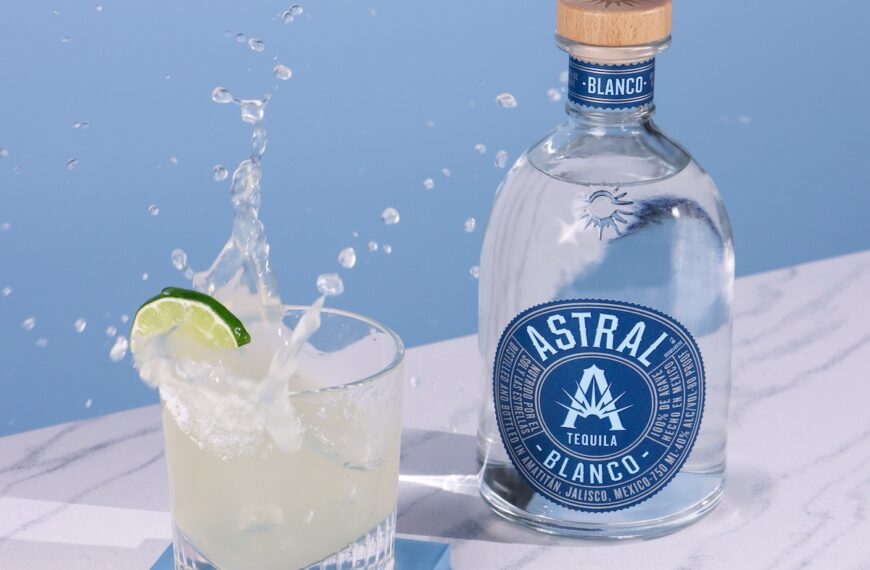
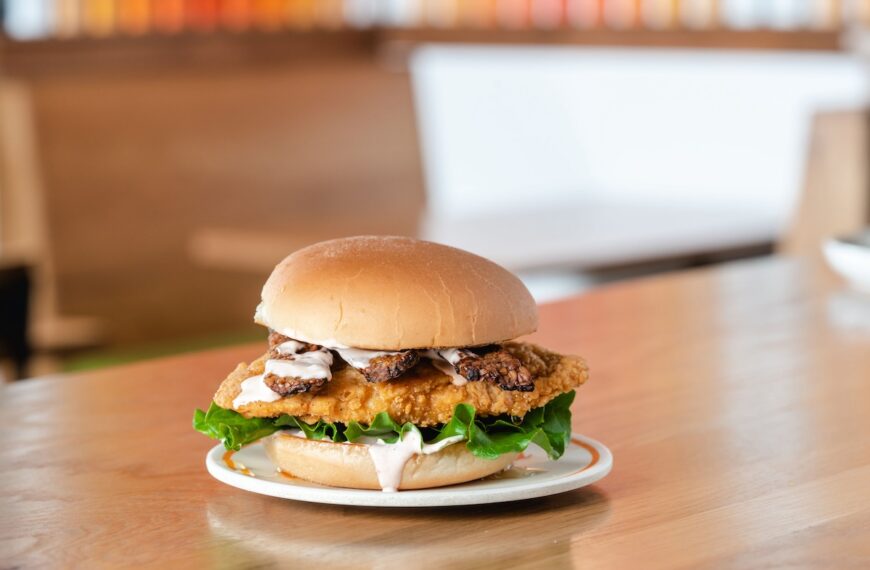

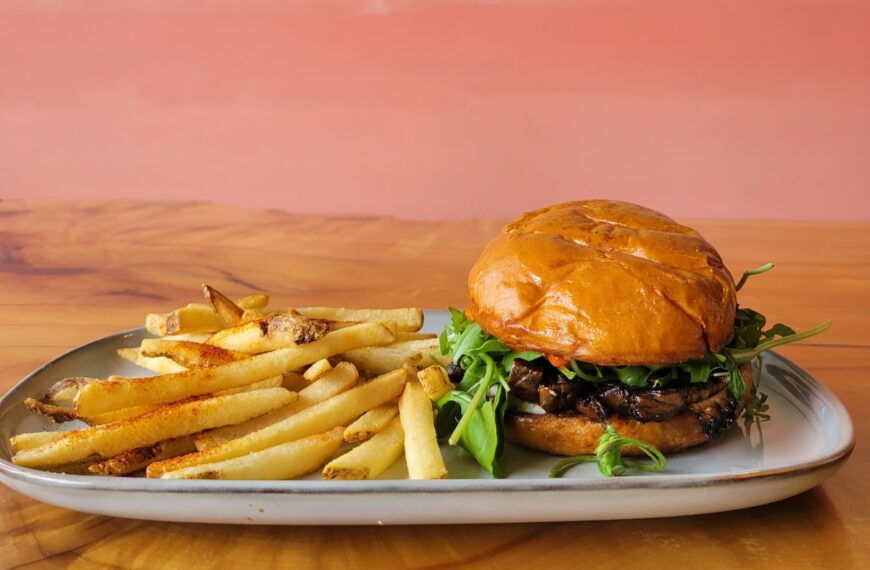
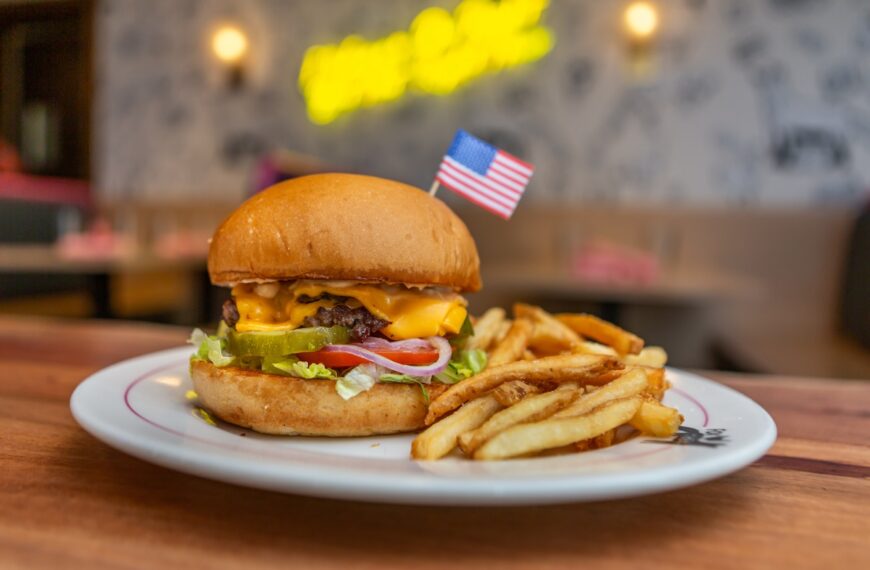


Comments are closed.